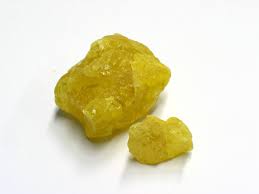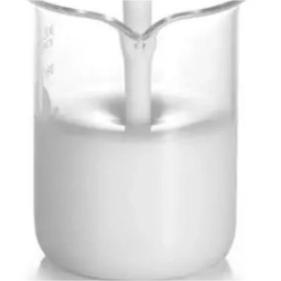**Surfactant SOS: How Tiny Lungs Get Life-Saving Help**
(How Is Surfactant Given)
Imagine a newborn baby, struggling. Every breath is a fight. The chest heaves. The skin might look a bit blue. This scary scene often points to RDS, respiratory distress syndrome. The tiny air sacs in the lungs just can’t stay open properly. The problem? A missing ingredient called surfactant.
Surfactant is amazing stuff. Think of it like soap bubbles inside your lungs. It coats the tiny air sacs, lowering surface tension. This stops the sacs from collapsing completely when the baby breathes out. Premature babies often haven’t made enough surfactant yet. Their lungs are sticky inside. They need help fast.
So, how does this life-saving goo get into those struggling lungs? It’s not a pill. It’s not a simple shot. Doctors give surfactant directly where it’s needed most: down the breathing tube.
Here’s what usually happens. The baby is already in the neonatal intensive care unit. They might be on a breathing machine or getting help through a tube in the nose or mouth. The medical team prepares. They gather the surfactant, warmed up to body temperature. They get special thin catheters ready.
The key step involves the endotracheal tube. That’s the small plastic tube already placed in the baby’s windpipe. It connects to the breathing machine. The doctor carefully inserts a thin catheter down this existing tube. The catheter goes deep, aiming to deliver the surfactant right into the lung branches.
Then comes the medicine. The surfactant is thick, almost like glue. The doctor slowly pushes it through the catheter. They often do this in small parts. They might turn the baby slightly left, then right. This helps spread the sticky liquid evenly through both lungs. It’s precise work. They watch the baby’s heart rate and oxygen levels closely.
Sometimes doctors use a slightly different method called LISA or MIST. This stands for Less Invasive Surfactant Administration. They use a very thin tube. They don’t always need the baby fully on the breathing machine beforehand. They might give the surfactant while the baby is breathing on their own with some extra oxygen. This can be gentler.
Another method is INSURE. That means Intubate, Surfactant, Extubate. Doctors quickly put in the breathing tube. They give the surfactant. Then they take the tube out right away. They hope the baby can breathe better on their own after getting the surfactant boost.
What happens next? You often see changes quickly. The baby’s oxygen levels usually climb. The chest moves easier. The grunting sounds lessen. The breathing machine settings can often be turned down. It’s dramatic relief. This one dose can make a huge difference.
(How Is Surfactant Given)
Getting surfactant isn’t magic. Preemies still face challenges. But getting this essential coating into their lungs? It gives them a fighting chance. It helps their tiny air sacs finally work like they should. It turns a desperate struggle into the first strong breaths of a new life.
Inquiry us
if you want to want to know more, please feel free to contact us. (nanotrun@yahoo.com)




